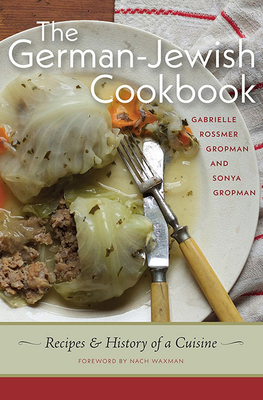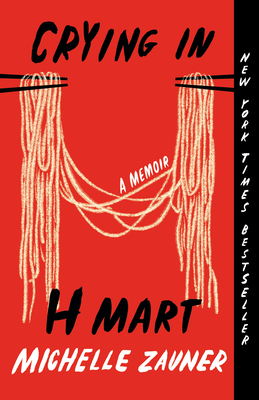
The German-Jewish Cookbook: Recipes and History of a Cuisine
Description
This cookbook features recipes for German-Jewish cuisine as it existed in Germany prior to World War II, and as refugees later adapted it in the United States and elsewhere. Because these dishes differ from more familiar Jewish food, they will be a discovery for many people. With a focus on fresh, seasonal ingredients, this indispensable collection of recipes includes numerous soups, both chilled and hot; vegetable dishes; meats, poultry, and fish; fruit desserts; cakes; and the German version of challah, Berches. These elegant and mostly easy-to-make recipes range from light summery fare to hearty winter foods. The Gropmans—a mother-daughter author pair—have honored the original recipes Gabrielle learned after arriving as a baby in Washington Heights from Germany in 1939, while updating their format to reflect contemporary standards of recipe writing. Six recipe chapters offer easy-to-follow instructions for weekday meals, Shabbos and holiday meals, sausage and cold cuts, vegetables, coffee and cake, and core recipes basic to the preparation of German-Jewish cuisine. Some of these recipes come from friends and family of the authors; others have been culled from interviews conducted by the authors, prewar German-Jewish cookbooks, nineteenth-century American cookbooks, community cookbooks, memoirs, or historical and archival material. The introduction explains the basics of Jewish diet (kosher law). The historical chapter that follows sets the stage by describing Jewish social customs in Germany and then offering a look at life in the vibrant émigré community of Washington Heights in New York City in the 1940s and 1950s. Vividly illustrated with more than fifty drawings by Megan Piontkowski and photographs by Sonya Gropman that show the cooking process as well as the delicious finished dishes, this cookbook will appeal to readers curious about ethnic cooking and how it has evolved, and to anyone interested in exploring delicious new recipes.
Praise for The German-Jewish Cookbook: Recipes and History of a Cuisine
"The Gropmans allow us to revel in a cuisine that has been unjustly maligned for too long. The German-Jewish Cookbook provides both the cook and the interested reader with much to enjoy both for gustatory pleasure and for the historical and familial context in which these foods reside. . . . This reader is eager to test out many of the recipes and also to seek out the more esoteric ingredients that have for all intents and purposes vanished from the regular retail sources to which we normally turn for our foodstuffs. . . . One of the best things about this cookbook is that you don’t even need to be interested in cooking to find it fascinating. There is so much history and culture woven into the text, that it almost feels like a trip to another country. The recipes in the book are not all kosher but the authors make clear which ones are not and it is easy to adjust them to make them kosher if one desires. The book includes two indexes, a list of resources for foods, a bibliography and a list of acknowledgements. This book is highly recommended."
— Association of Jewish Libraries newsletter

